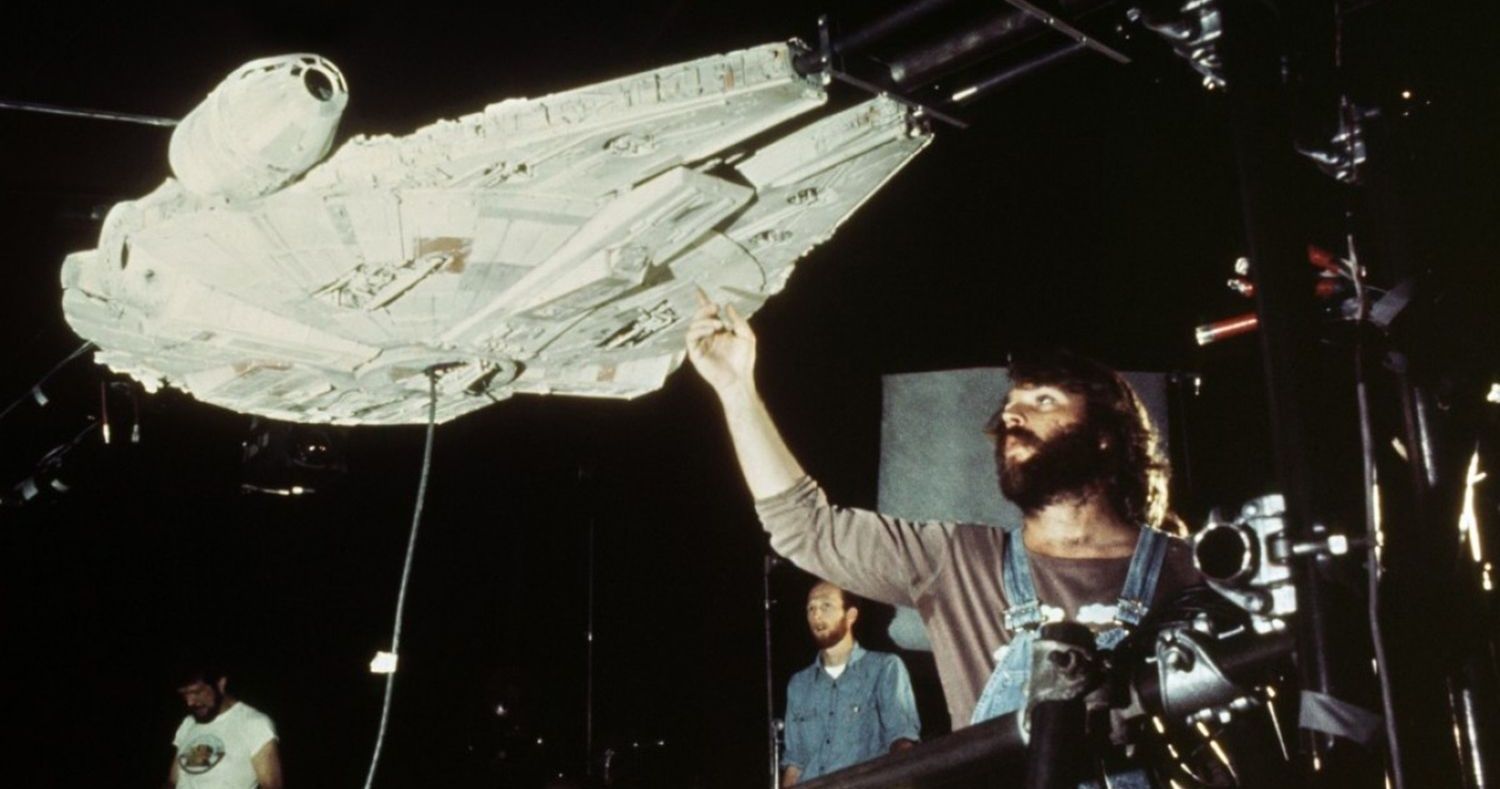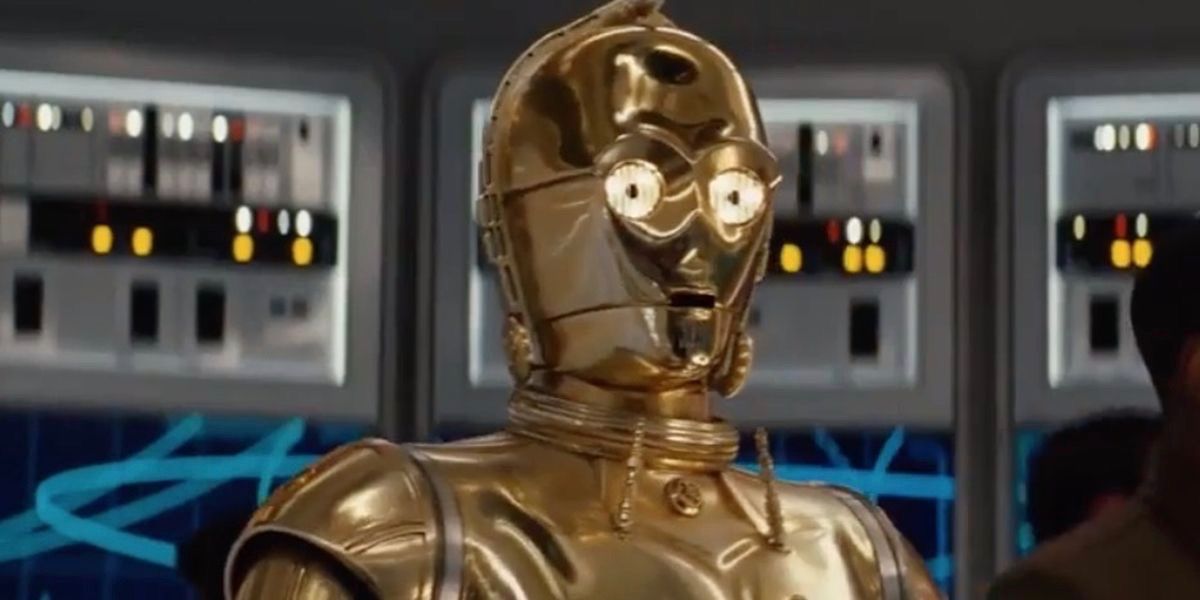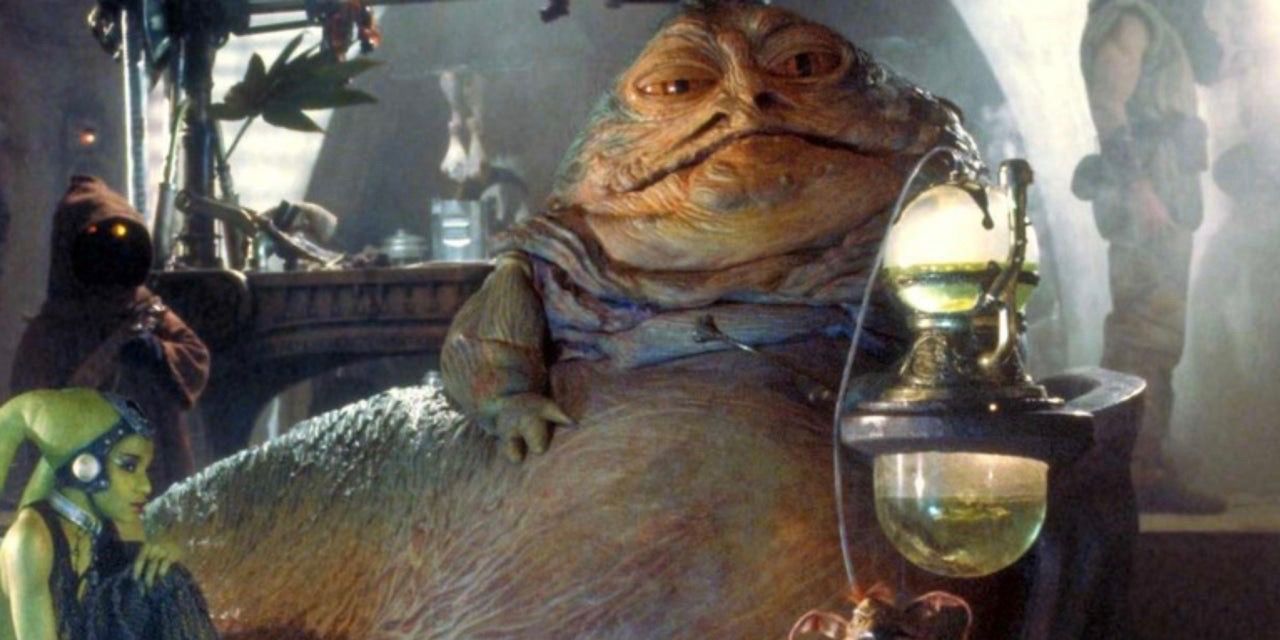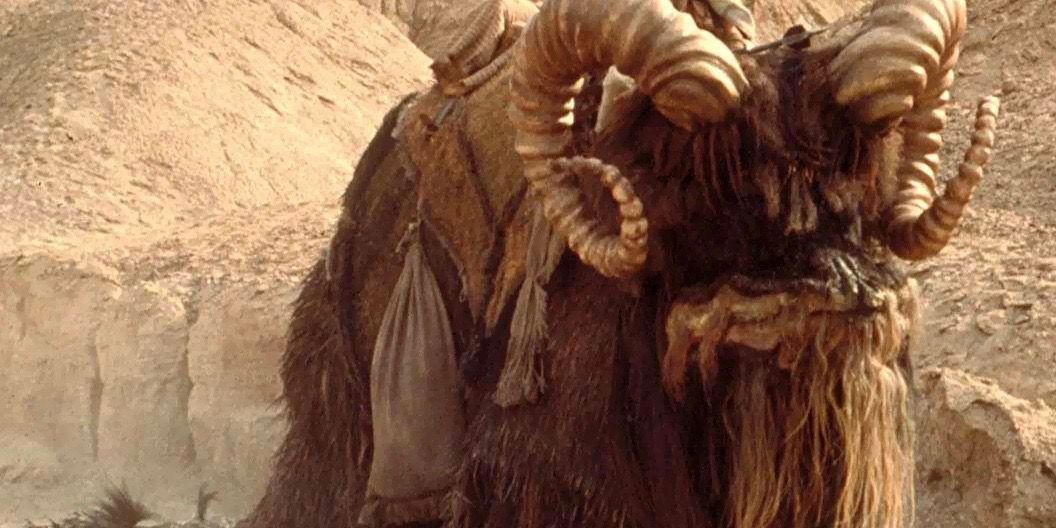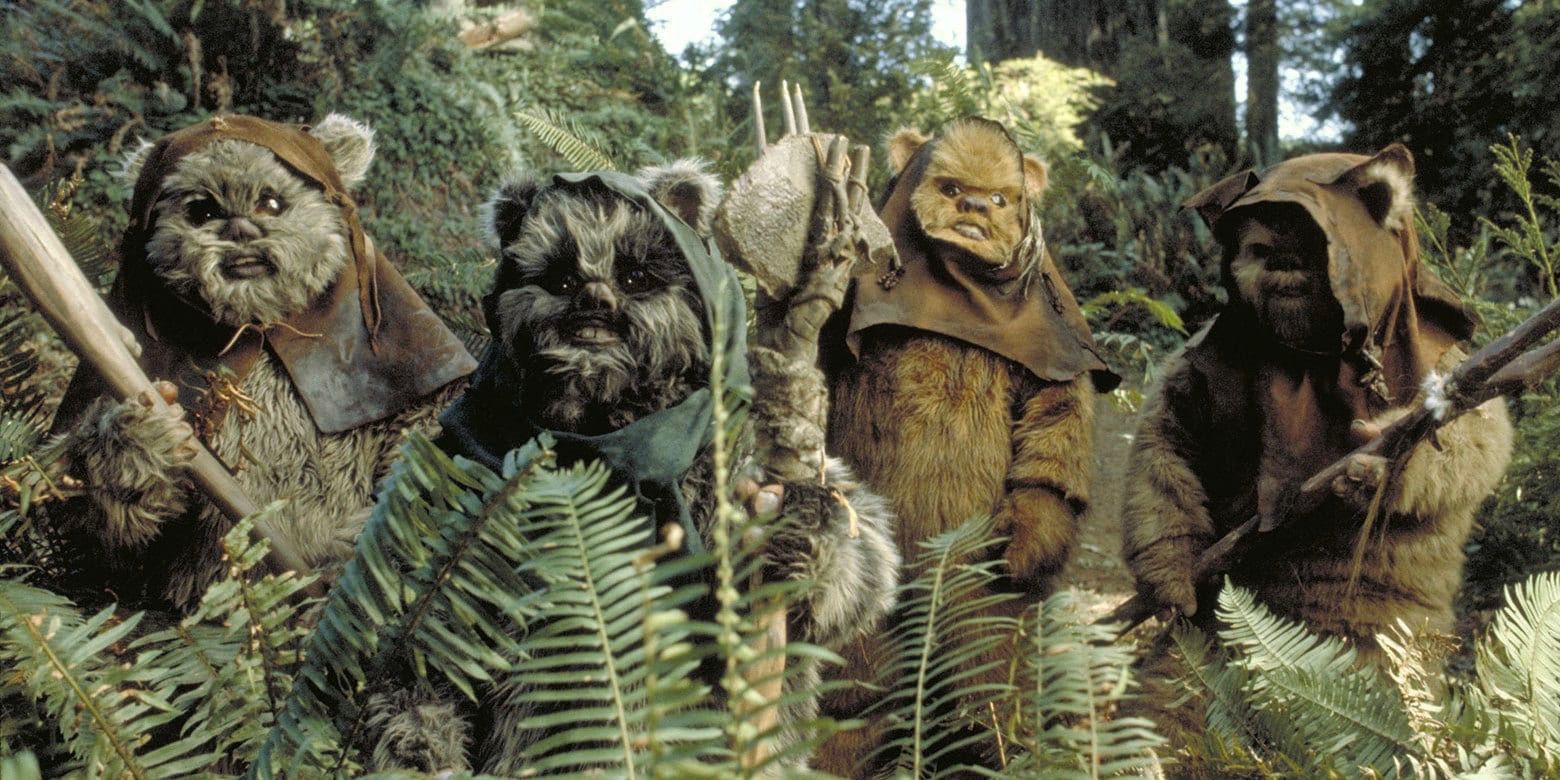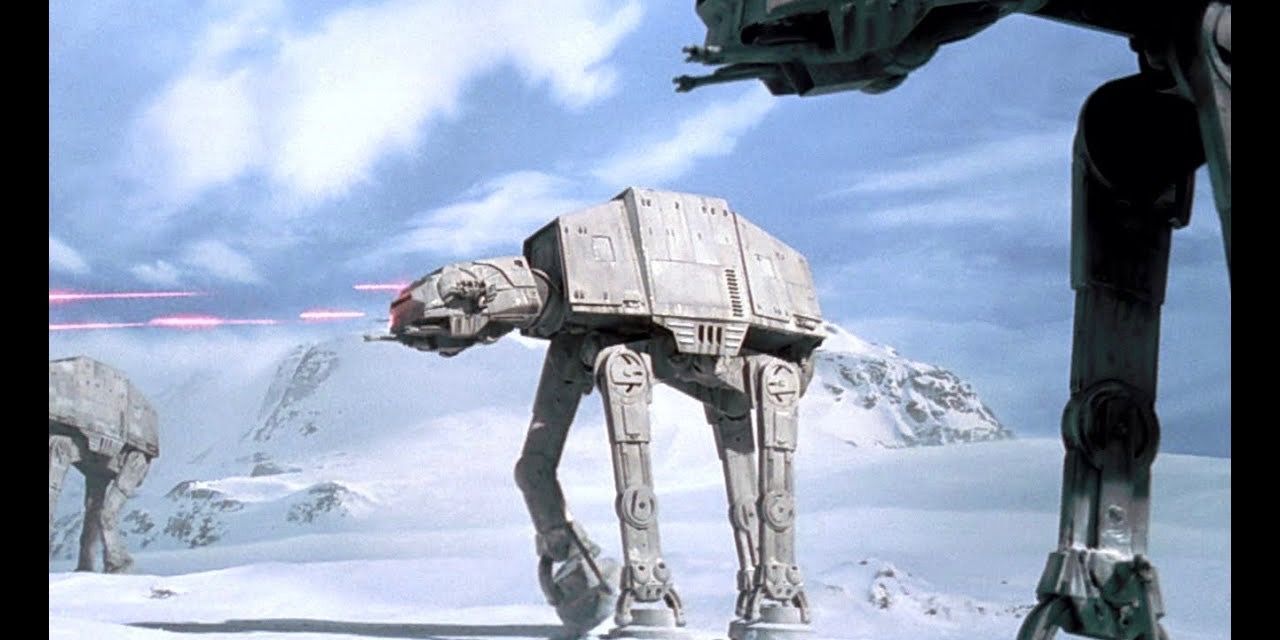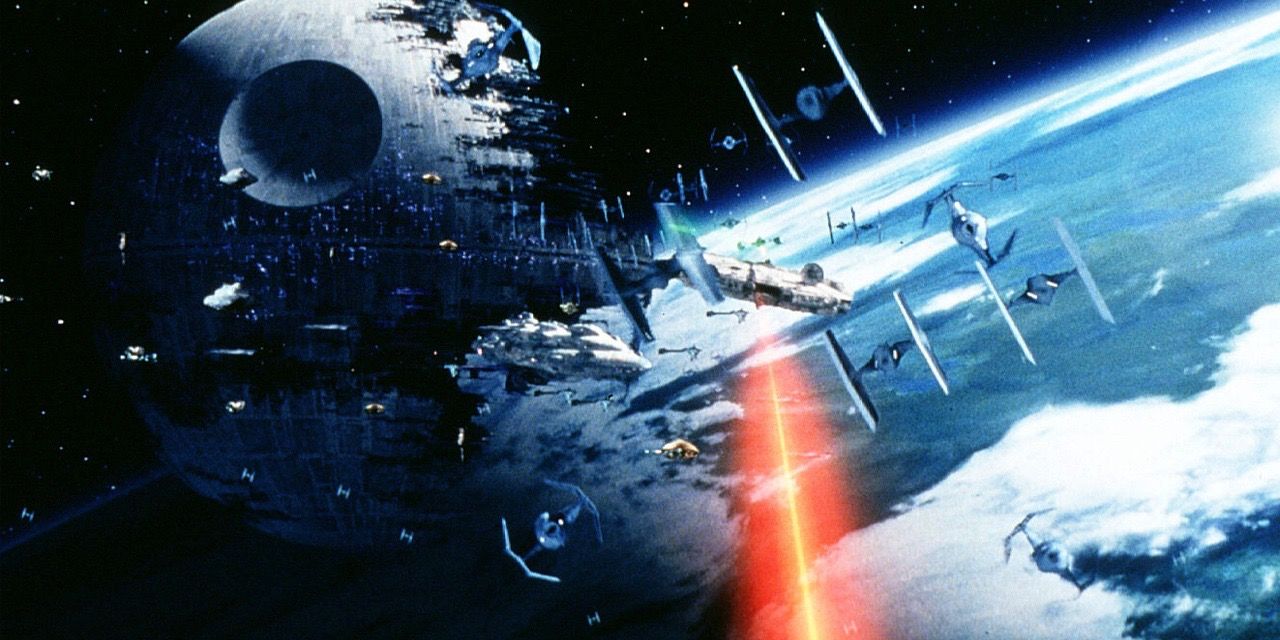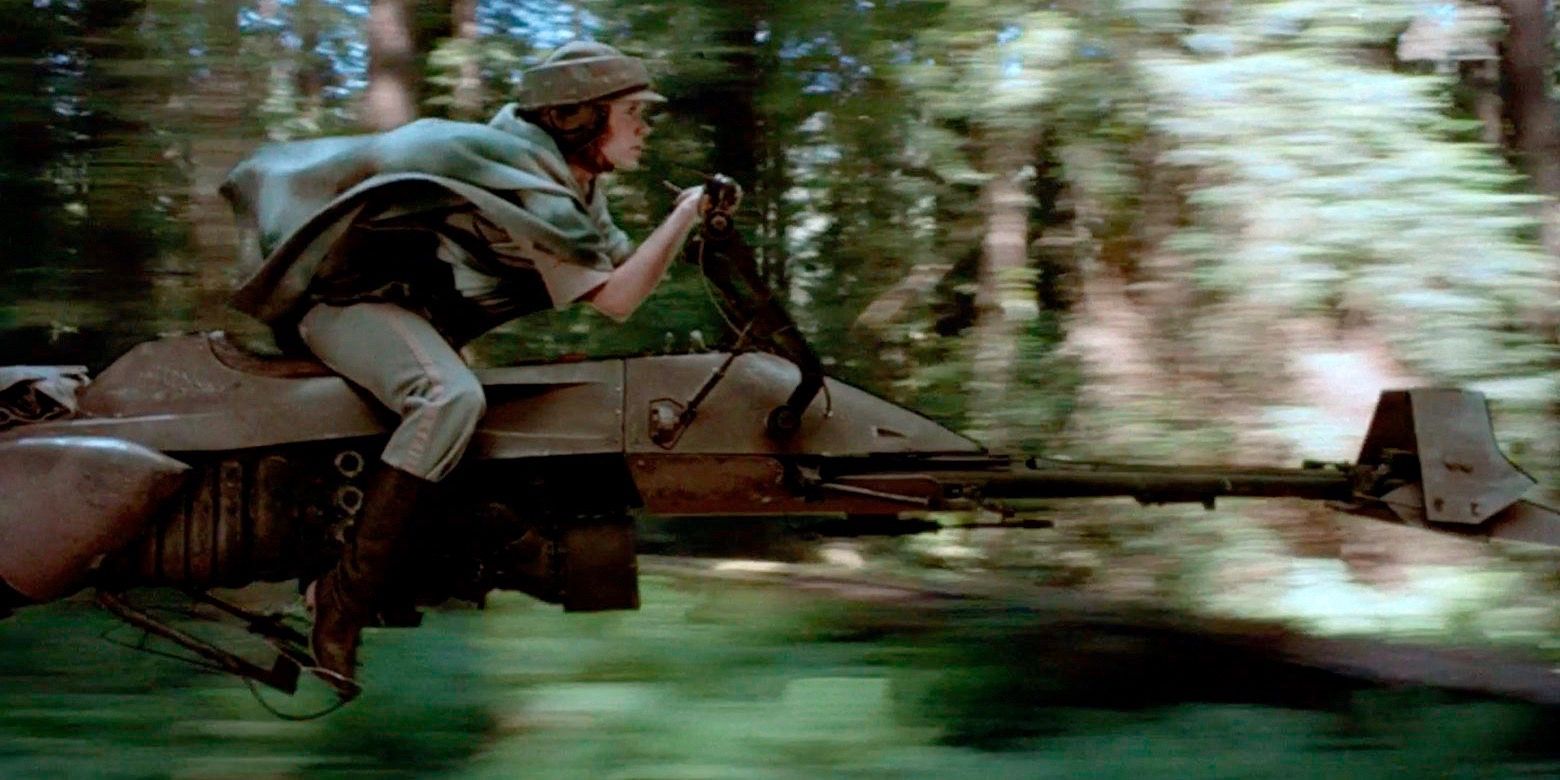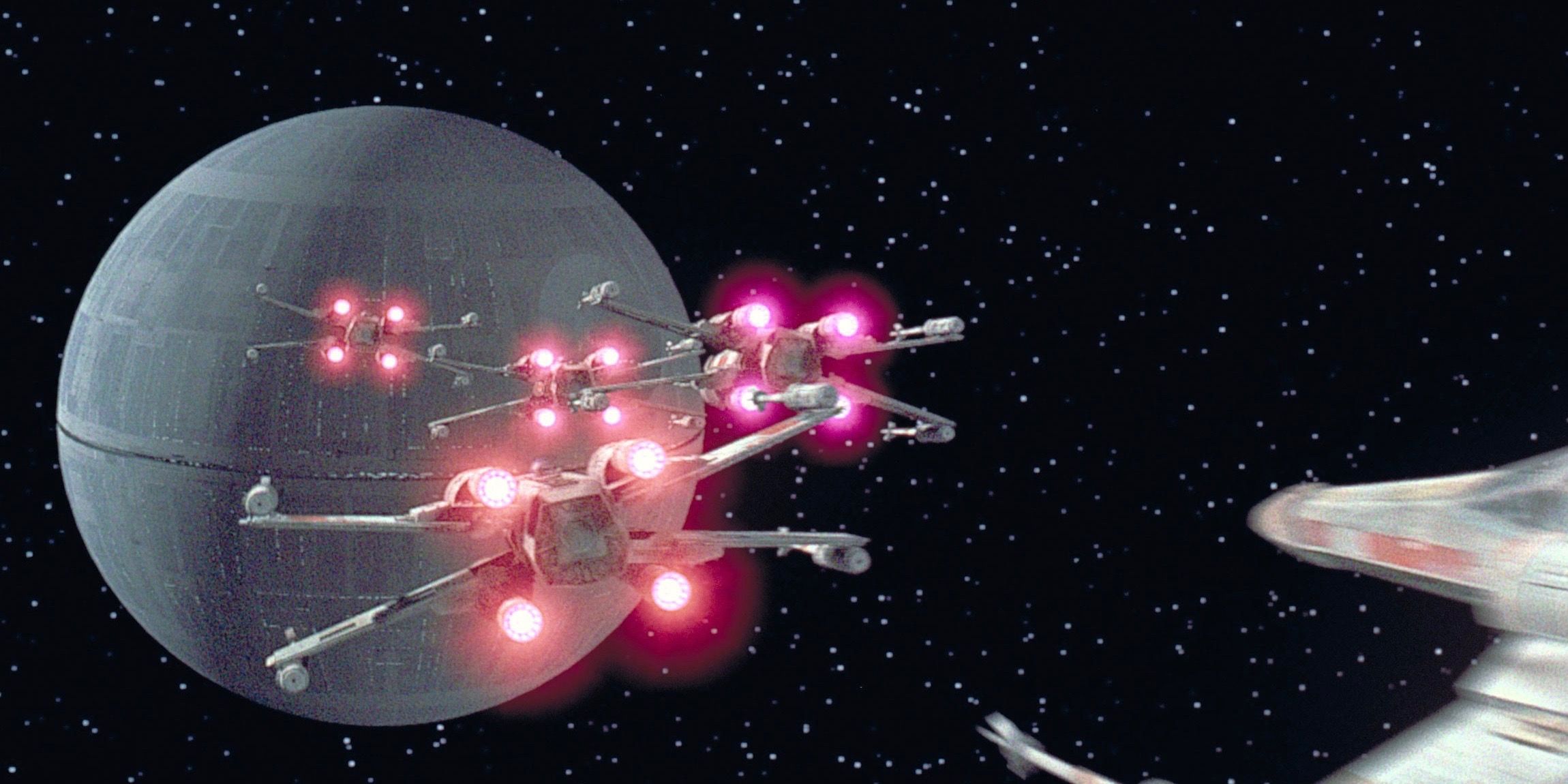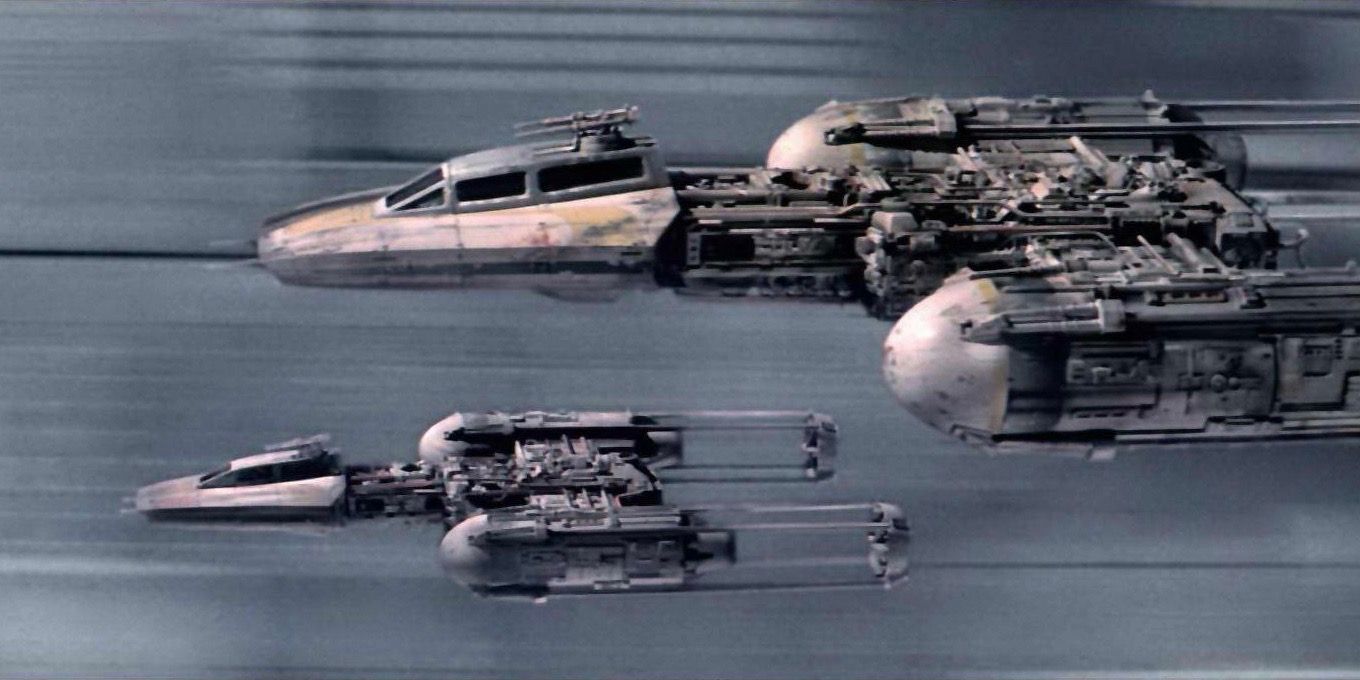With the recent release of Star Wars Episode IX, The Rise of Skywalker, it seemed like a good time to take a look back on the movies that started it all. The original trilogy, that first released in 1977, inspired not only six sequel/prequel films, but also stand-alone movies, cartoons, a live-action television show (The Mandalorian), countless books and video games, a theme park, and generations of fans.
While the success of the Star Wars universe seems predestined today, its long-ranging effects could not have been predicted at the time. Beyond cultural impact, the original Star Wars movies also contributed to many areas of filmmaking, including with their innovative use of VFX. A little group called, Industrial Light and Magic (ILM), now responsible for all nine movies and countless recognitions for the franchise, came into being to change visual effects forever, and many of their novel creations are still being discovered by fans. Here are 10 things you didn't know about VFX in the original Star Wars trilogy.
C-3PO
The original Star Wars film opens with its own amazing visual masterpiece, and we're not talking about a shoot out in outer space. C-3PO, the golden droid of "Human cyborg relations," is the first unnatural element audiences have to buy into immediately. Since C-3Po is really the only character to appear in all 9 films in the "Skywalker Saga" it's obvious that audiences did exactly that, helping set the stage for all the droids to follow. Early on no one was sure they would be able to translate the look of Ralph Mcquarrie's artwork, but with some complex costuming genius, they managed exactly that. This was not a simple costume to construct and even the costume that was used was not particularly comfortable to work in, according to actor Anthony Daniels. The first stiff plastic and aluminum outfit broke and often stabbed the actor and he was relieved to receive a new suit in the most recent set of movies.
Jabba the Hutt
Before the take over of green screen and computer animation many characters, like C-3PO above, had to be created using "practical" effects, rather than drawn and added after the fact. Jabba the Hutt, in Return of the Jedi, was one such character. While he does not have quite as much screen time as C-3PO, Jabba played an important role and had to be believable. How did the team make that work behind the scenes? With a giant puppet-like costume and three controllers. That's right, the Jabba the Hutt who holds Princess Leia to him on a chain was a puppet with three men inside. Someone had to control Jabba's mouth and right arm, someone else his tongue and head and, finally, someone had to take control of his tail. Monitors within the puppet allowed all three to see what was going on in the scene.
Banthas
Remember Banthas? Giant shaggy creatures that the Sand People on Tatooine often ride? They were about the size of elephants? Well, they were about the size of elephants because under that heavy shaggy costume they were elephants. Like with Jabba, animating the beasts after the fact was not yet an option available to filmmakers. These alien mounts needed to be practical, and actually exist on set. They did, and it took quite a team to get the elephant into costume and even more effort to keep the elephant from pulling the costume off.
Ewoks
Like C-3PO before them, the Ewoks were a new species that would require a lot of screen time and play an important role in the final chapter of the original trilogy.
These furry teddy bears from the forest moon of Endor couldn't be digitally included anymore than the Banthas, meaning, once again, practical trickery was required. In this case, costume work. While the costumes looked good, and successfully alien, on screen, they were very low tech on set and not at all breathable outfits. The fact that they worked so well on screen though, almost made the overheating on set worth the effort.
Go Motion
Stop motion had been a visual effects method in film for ages by the time Star Wars came to be. In fact, it was used to make entire films (stop motion animation, anyone?). But the Star Wars team went a step further, creating "go motion" that was first employed in the making of Episode 5, The Empire Strikes Back. The difference between stop motion and go motion is the addition of a motion blur painted on every single frame of the stop motion sequence. It helps to smooth out the look of fast-flying ships.
Dykstraflex
Don't let all the costumes make you think that computers were not involved in the special effects in the original Star Wars films at all.
The Dykstraflex was actually a computer-controlled camera that allowed the camera, rather than a model, to move around to create what looked like motion in outer space. This kept the outer space battles from having to be filmed in stop motion. The computer-controlled camera could also repeat camera moves exactly, allowing different items and ships to be filmed and then successfully combined into a composite shot, creating the flow and believability the audience so appreciated in the first Star Wars film.
Steadicam
Blue screen was often used when Industrial Light and Magic filmed their space battles, but it was more complicated when they used blue screen to film scenes that took place on different planets. Without the computer animation of today, they couldn't just drop in a completely digitized background. Consider the speeder bike chase in Return of the Jedi. To complete that sequence ILM invented a new gliding steadicam. This camera was walked through a forest in California, recording a "steady" and complete background that could then be inserted behind Luke and Leia who had been filmed riding the speeder bikes in front of a blue screen.
Optical Printing
Today, blue screen and green screen backgrounds can be replaced digitally, in a relatively simple and standard process. This was not the case in the late 1970s and early 1980s. George Lucas and his team at ILM had to invent a new kind of optical printer just to make the movie work. An optical printer basically was used to combine multiple projections onto a single piece of film to create what the audience would see. Lucas and his team put together an optical printer with four projector heads, meaning the whole process could be taken care of with much better quality and much more precise final projects.
Lighting
Using practical effects and models was standard at the time, in terms of creating out of this world scenes and ships. The greatest struggle in the late 1970s was lighting the models so they looked somewhat real when they finally appeared on the big screen for a paying audience. The team at ILM developed a way to use fluorescent tubes to help light their models and the blue screen behind them. The important part of the fluorescent lights was to light scenes so there was no flickering.
Mini is Mighty
The visual effects team was pleased to find a lighting system that worked for their models and miniatures, but those miniatures themselves were also being developed differently than the norm, to facilitate more options and a more successful look when filming. The models created by the design team were much smaller than those usually employed for effects on film. The idea was to allow more flexibility when filming actually took place, providing more space for camera movement to better display movement of the spacecraft on the big screen.

